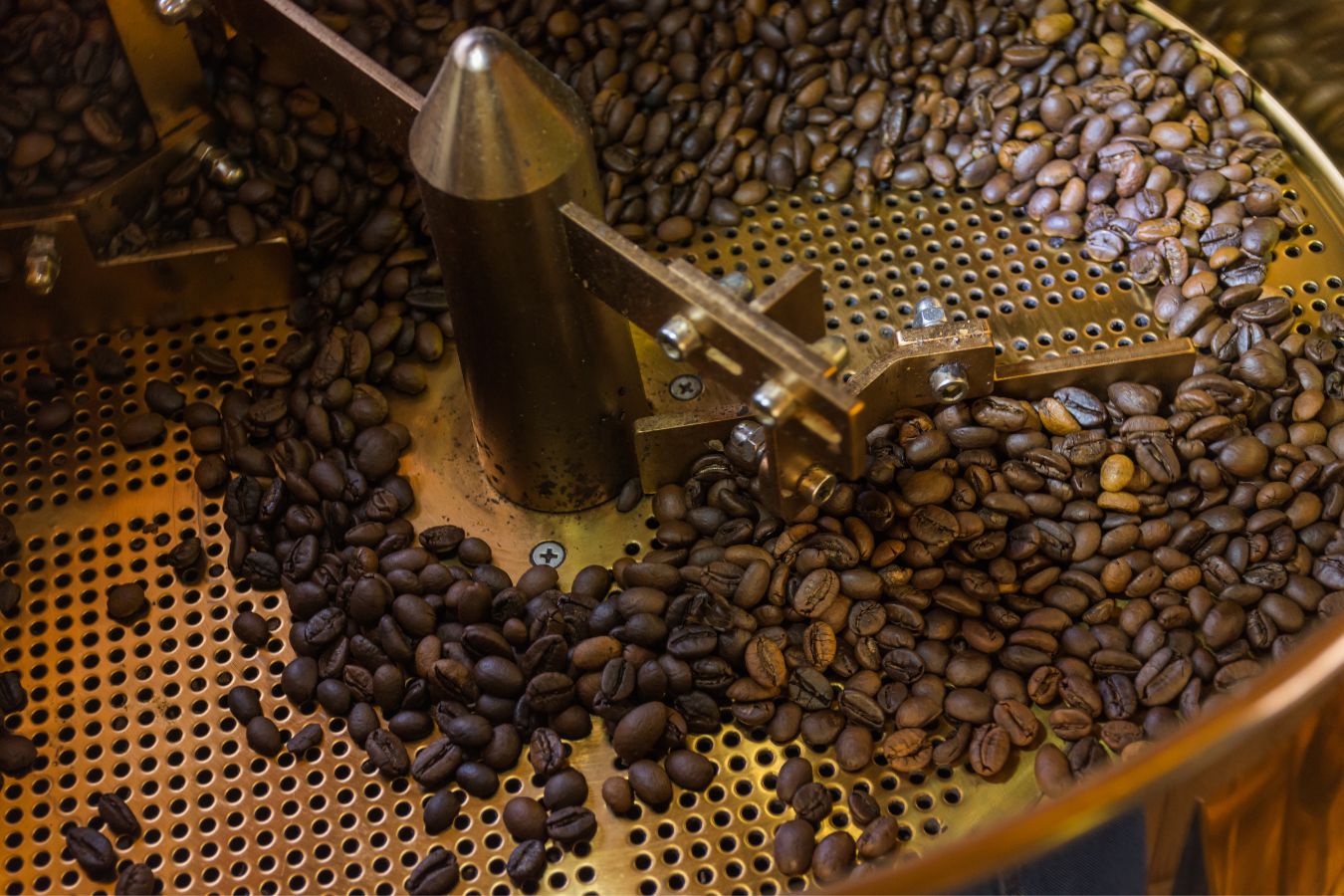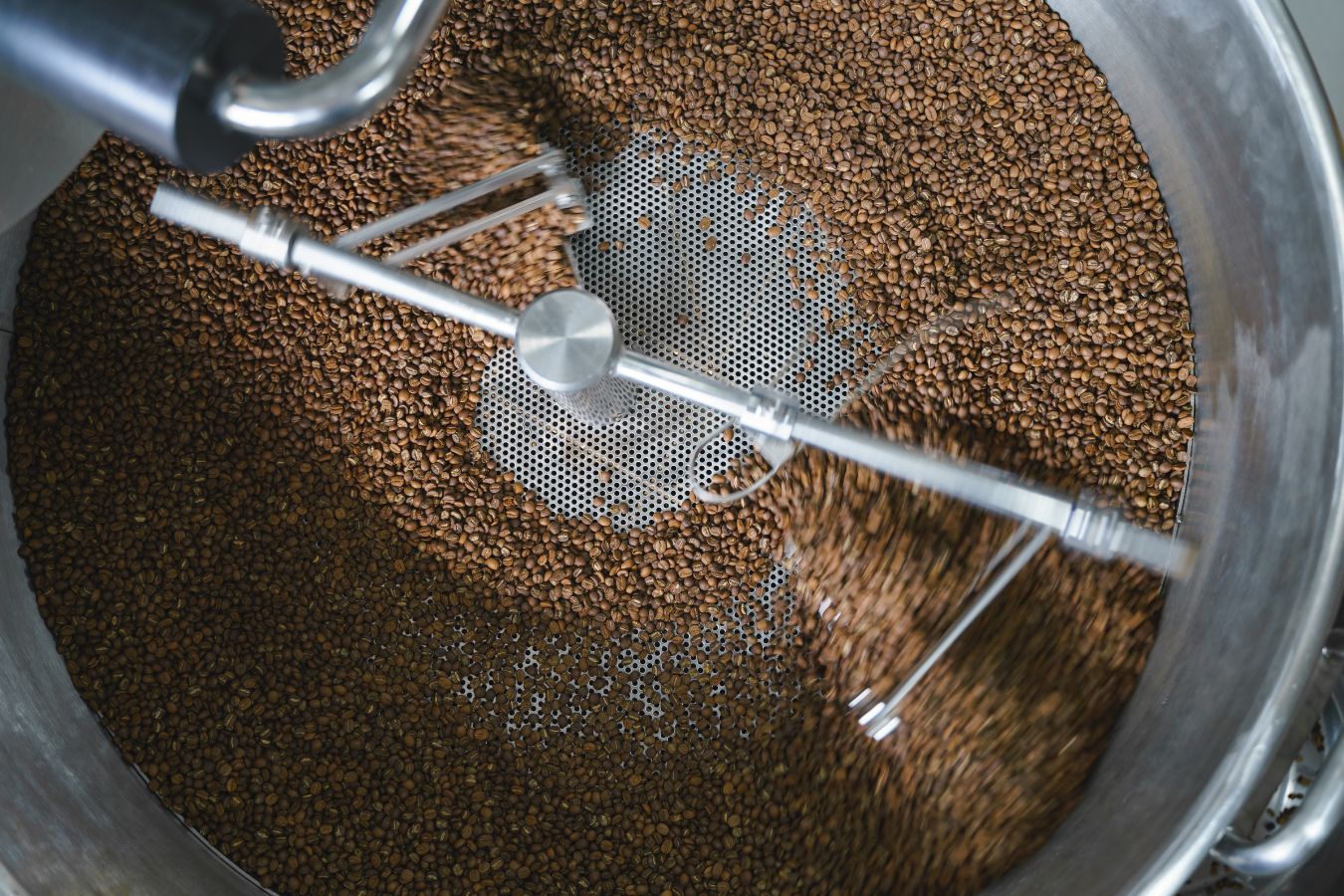
Thermal Point Rounding When Coffee Roasting. Coffee roasting is a process, and one of the first signs of a roast is turning heat.
Thermal Point Rounding When Coffee Roasting
When discharging coffee into the roasting drum in the first step, the drum has been heated to a steady temperature, and the coffee temperature is the roasting room’s ambient temperature. For instance, the beginning heat is adjusted to 200 degrees (based on data from a heat probe within the roasting drum) and the coffee is at ambient temperature (28 degrees).
The coffee absorbs heat after being discharged into the roasting drum, causing the temperature inside the roasting drum to drop and the temperature of the coffee beans to rise.
This procedure takes around 1.5 minutes until the coffee temperature matches that of the roasting drum and the roasting drum temperature starts to climb again. The tipping heat is the lowest point of heat in this operation (for example, the turning heat is 80 degrees).
Turning the heat on and off is vital since it displays how much or how little heat the coffee has absorbed. Because the coffee beans are not physically high, they absorb less heat when the top heat is high. As a result, this roast will be devoured quickly. If the heat is low, the beans are more likely to be of good quality, and the roast will take longer.

As a result, the roaster may alter the gas and beginning temperature, as well as the rotational heat to adjust the roasting speed and bring the roast to the appropriate finish. Of course, prior to roasting, the roasting drum must be thoroughly heated. The heat of the head can be changed if the drum is not completely heated before each batch of roasting.
When dealing with a new roaster or a new green coffee ingredient, however, roasters frequently set up roasting parameters such as beginning heat, room temperature, batch volume, wind openness, and gas, all of which are fully aware of the turning heat. Then, if necessary, make modifications.
The most important factor is still the taste quality after roasting. All changes, if any, must be made with the goal of producing high-quality tasting coffee that meets the demands and preferences of customers!